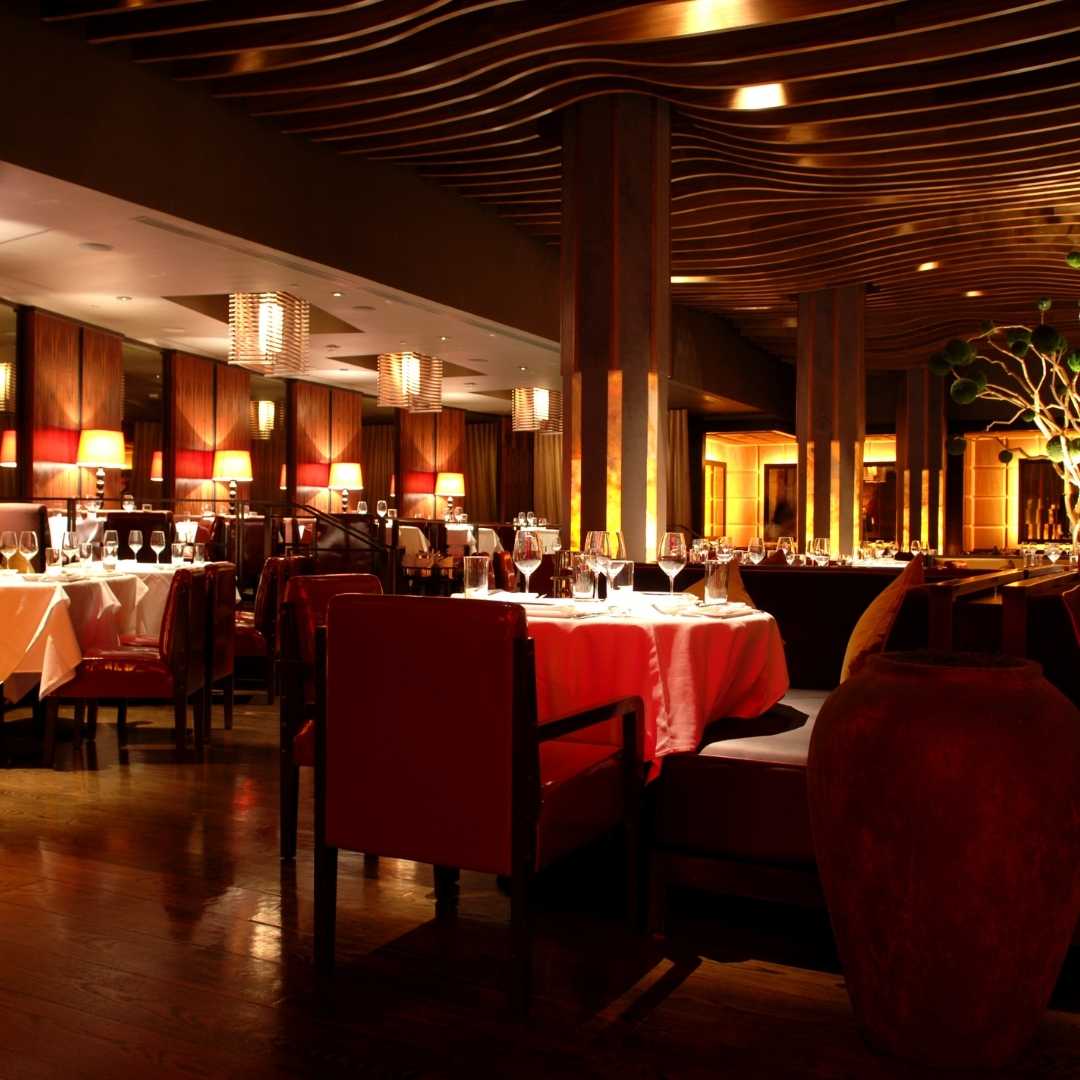
Customer service is the foundation of a great restaurant experience, but what exactly does that entail? While each customer's preferences are unique, there are a few characteristics that distinguish standout restaurant experiences. We set out to define the factors that contribute to a great customer experience because, in the end, this is what generates positive online reviews, encourages more diners to book online reservations, and increases your revenue per service.
What customers expect from a restaurant experience varies depending on the type of restaurant, but there are some fundamentals that distinguish great restaurant experiences from forgettable ones.
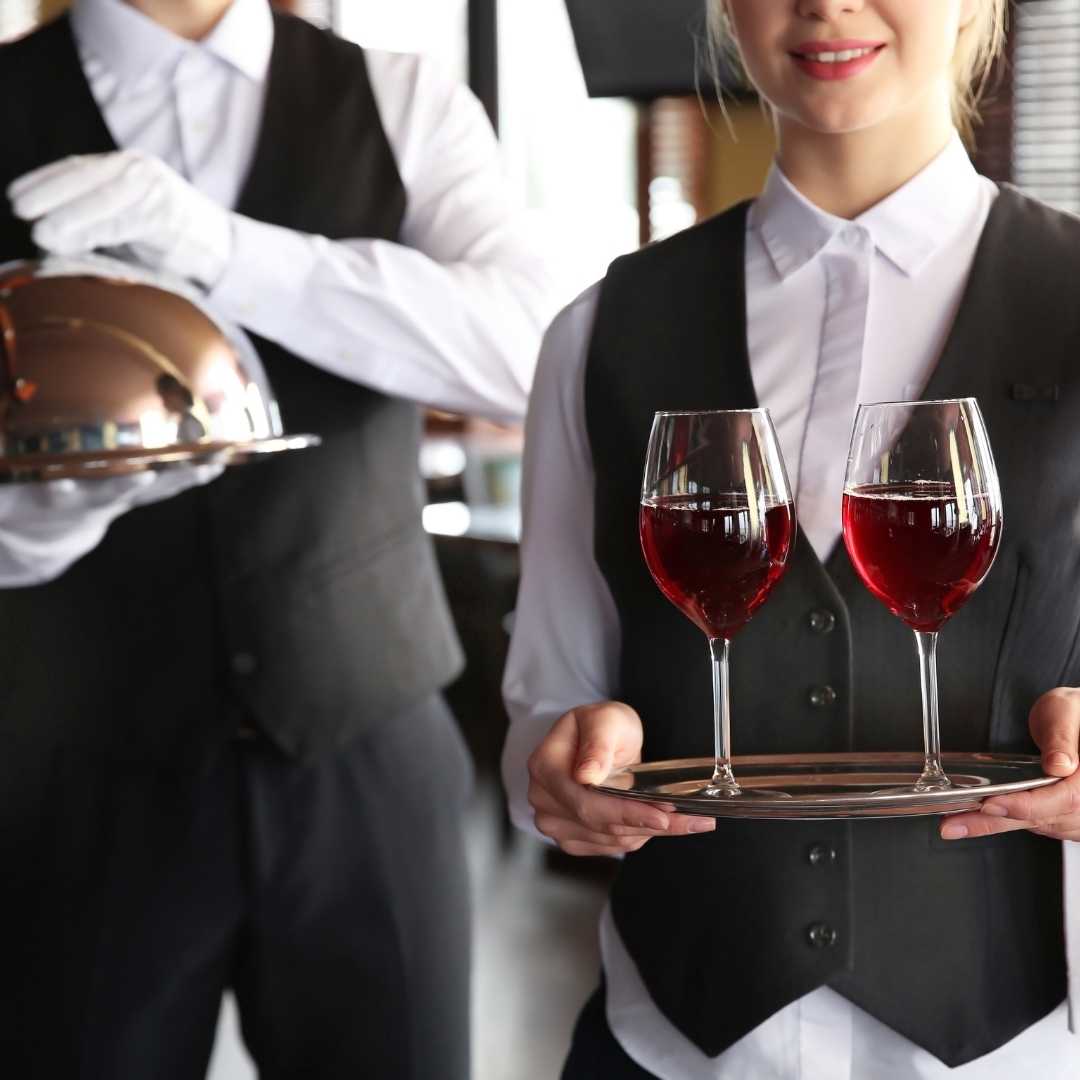
Guests want to be treated as individuals, not as numbers that servers rush out the door to maximize profits. The ability to provide a human experience begins with your hosts and servers. They are the people your guests will interact with from the moment they walk in and throughout their meal. Guests want someone who is as enthusiastic about serving them as they are about enjoying a meal out.
How do you know this is the case? It begins with the hiring process.
Address guests by their name – It's a simple strategy that improves the personalized and friendly nature of your service. Furthermore, science supports the idea that hearing one's first name causes a distinct reaction in the brain. Hearing your first name causes brain activity in the middle frontal cortex (associated with social behavior), the middle and superior temporal cortex (associated with long-term memory and auditory processing), and the cuneus. The first step in providing friendly, personable service is remembering and calling your guests by name. Furthermore, it can lead to greater success in cross-selling and upselling menu items, resulting in higher revenue per table served.
Give suggestions based on guest preferences – It is always best practice for servers to ask their guests if they have any dietary restrictions and to answer any questions they may have about menu items. This is an excellent opportunity to learn about their preferences and which menu items they will enjoy the most. Of course, food quality and whether it matches a guest's preferences are important factors in their restaurant experience. Just because you're serving a guest for the first time doesn't mean this is their first visit to your restaurant. Inquire if this is their first time. If it is, you have the opportunity to educate them on your menu and set up their customer profile so that the next server who serves them is aware of their food preferences.
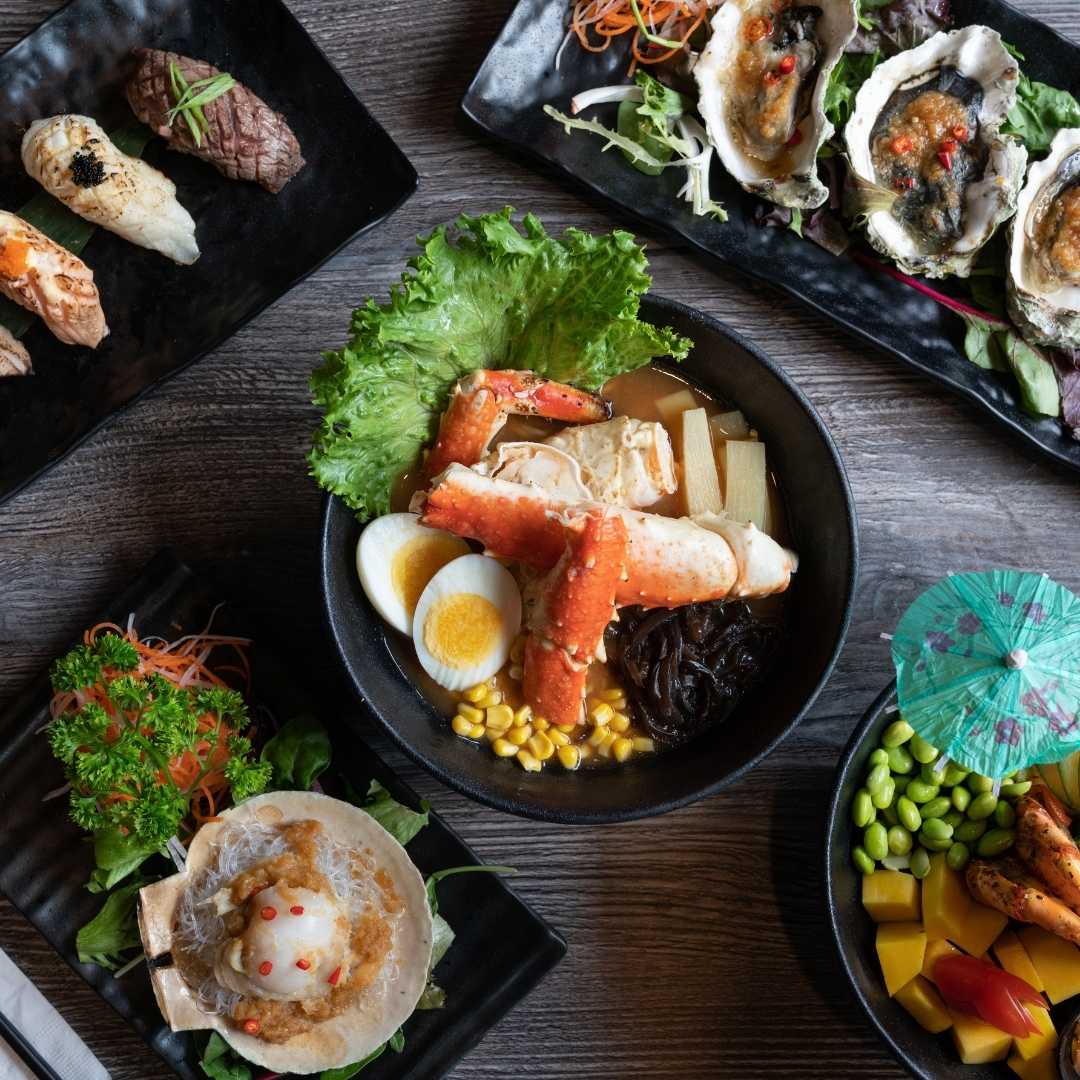
The food you serve is the foundation of your business and has a significant impact on how guests perceive their restaurant experience. When there is a lack of emphasis on quality control or when there are miscommunications between guests, the server taking their order, and the kitchen staff preparing that order, food quality can suffer. Before serving, your cooks should consistently evaluate the dishes they're preparing to see if they have the desired flavor profile. Your food runners should check the plating and presentation of each plate to ensure that it meets standards. Allow everyone on your team, from the cooks to the runners, to be accountable for food quality and presentation. Each menu item you serve influences how guests perceive your establishment and their overall dining experience.
Presentation matters – The appearance of your dish has been shown to influence how well a guest thinks it tastes. According to the findings of a study, food presentation can improve a dish's taste. In a study, 60 people were given three salads and asked to rate them before and after eating them. Each salad had the same ingredients but was presented differently. One was thrown together with no thought given to presentation, another was neatly arranged, and the third was designed to look like a painting. Can you guess which of the three salads the study participants preferred? The salad resembled the painting. In fact, despite using the same ingredients, participants thought it tasted 29% better. They were even willing to pay up to three times the price for the exquisitely plated dish. When food looks and tastes good, your guests are more likely to enjoy their restaurant experience than if you didn't pay attention to the presentation at all. According to the study's findings, you could even raise the prices of your menu items without scaring away customers.
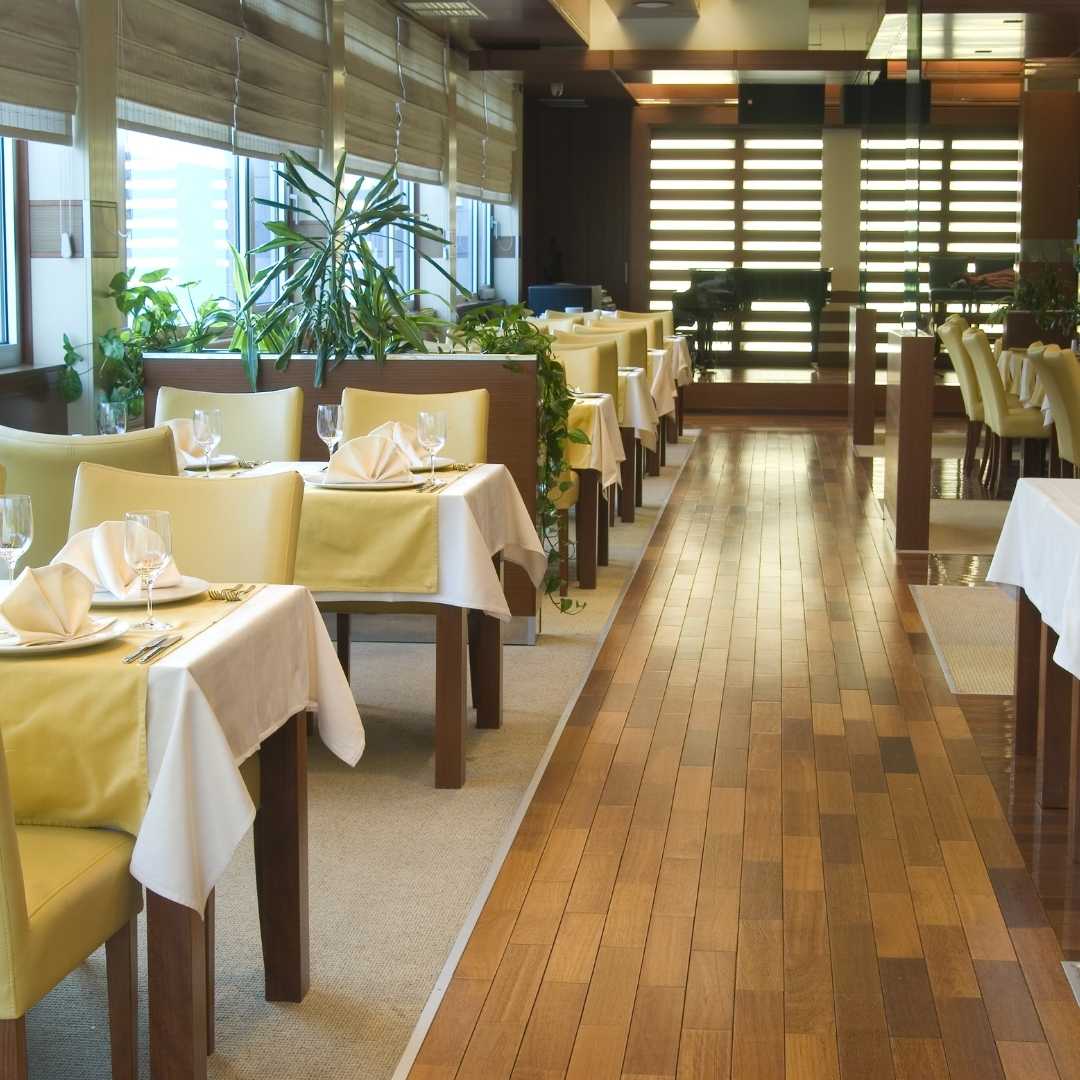
Your establishment's aesthetic, from its color scheme to its furniture and lighting, is an extension of its brand and a powerful way to generate interest in and drive traffic to your restaurant.
Adhere to a concept – The foundation of a restaurant's atmosphere is laid from the moment the concept of the restaurant is chosen. From then on, the idea should be considered in any decision influencing the restaurant's atmosphere. Sometimes a specific atmosphere isn't required to make a concept feel authentic. A modern steakhouse, for example, has no precedent. Customers have no preconceived notions about how this type of establishment should look and feel. Even if there is no recipe for creating a good restaurant atmosphere, the atmosphere is still important.
Keep decor and furnishings consistent – When the wall decorations, paint colors, furniture, and decorative accents all fit into one cohesive theme, diners are more likely to respond positively. The importance of consistency in creating a restaurant design that contributes to a memorable restaurant atmosphere cannot be overstated.
Soften the lighting – Restaurant lighting has a significant impact on the ambiance. Bright, fluorescent lighting is used in some fast food and fast-casual restaurants. A comfortable, warm light, on the other hand, is more inviting and appealing to guests at sit-down locations. As a general rule, harsh lighting isn't conducive to a good guest experience because it detracts from the atmosphere of your restaurant.
Choose music thoughtfully – The music you play should help your guests have a good dining experience. While fast casual and fast food restaurants can get away with almost anything in terms of music, loud or hard-charging music is not the best choice for an upscale dining experience. The volume with which music is played is also essential. When the music is too loud, diners usually try to talk over it. This increases crowd noise, which is generally not a good thing for the dining experience.
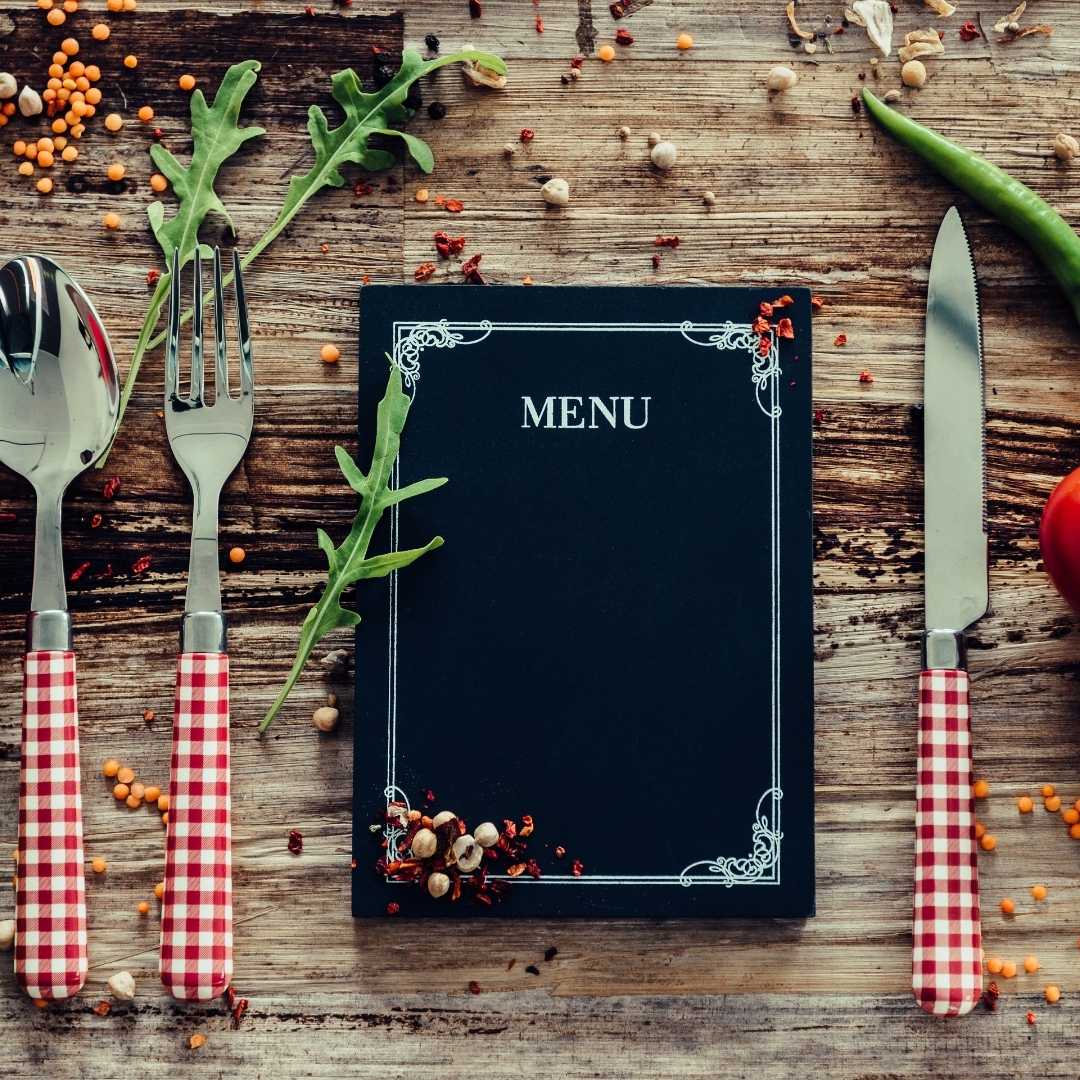
The hospitality industry is highly competitive. According to a study, 60% of restaurants fail within their first year, and 80% fail within their second year. While many factors contribute to that startling statistic, it's important to remember that efficiently serving guests is mutually beneficial. Efficient, customer-centric, and well-organized service is an essential component of a great dining experience. Customers want an efficient way to complete a task, whether it's ordering a meal, splitting a check, or paying their bills. Consider your restaurant experience through the eyes of your customer. Each touchpoint, from how hosts seat guests to how guests order and pay for their food, has the potential to be a source of friction if not efficient.
Of course, expectations for the ideal restaurant experience differ depending on the type of restaurant. Would you expect a quick-service restaurant (QSR) to provide the same experience as a fine dining establishment? Obviously not. Here are a few key points to consider for more efficient restaurant workflows and customer experiences:
Seating – Your customers form an opinion of your restaurant when they walk through the door. The last thing you want is a long line outside the door. Are your hosts outfitted with the tools they need to efficiently check-in reservations, seat guests, and, if necessary, add seats to a table? If you answered no, then a mobile restaurant point of sale that supports all of these tasks can help you address this customer pain point.
Ordering – If taking and preparing orders has been an issue in the past (order errors and slow turnaround are key indicators), it may be time to investigate tableside ordering, self-order menus, or a kitchen display system (KDS). Can your point of sale accommodate special requests and order changes? This can be as straightforward as indicating food allergies or dietary restrictions. If the answer isn't a resounding yes, consider this an additional opportunity to improve your customers' experiences.
Paying – The final point to consider in your customer's experience is how they pay. The real question is, how do your servers know if a table is prepared to pay? If they have to go ask, you have an opportunity to streamline your payment processing.
Splitting the bill – Have your guests ever wanted to split the bill at their table but your point of sale didn't allow it? This can leave a bad taste in a guest's mouth, especially if they weren't expecting to foot the bill for the entire table. You want your guests' final interaction with your staff to be as efficient as the first. Ascertain that your restaurant's point of sale can support bill splitting so that paying for meals is a simple process.
While your restaurant experience will undoubtedly vary depending on the type of restaurant, there are four pillars that distinguish standout experiences from forgettable ones.
- Friendly, personalized service
- Consistently great food
- A memorable atmosphere
- Efficient customer service
If you nail all of the above, you'll be well on your way to generating more positive customer reviews, blowing up on social media, and becoming a destination that people flock to.
Amchur Restaurant & Bar is one of the popular Indian restaurants which provides not only Indian cuisines but also Nepalese and Oriental cuisines with a contemporary approach which are not only healthy but also immensely delicious to the customers who have visited and dined at the restaurant. Amchur Restaurant & Bar provides dine-in service along with takeaway and delivery service. If you like to try out the takeaway or delivery you can place an order by clicking here. You can also reserve a table for your family or friends by clicking here.
-
 Read more +
December 28, 2022 By Amchur Restaurant in Blogs
Read more +
December 28, 2022 By Amchur Restaurant in Blogs
Indian Curry Popularity in the UK
-
 Read more +
December 23, 2022 By Amchur Restaurant in Blogs
Read more +
December 23, 2022 By Amchur Restaurant in Blogs
Lip smacking comfort foods to soothe your soul
-
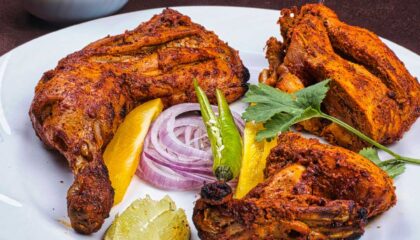 Read more +
December 15, 2022 By Amchur Restaurant in Blogs
Read more +
December 15, 2022 By Amchur Restaurant in Blogs
Indian Food Choices for Special Occasions
-
 Read more +
November 11, 2022 By Amchur Restaurant in Blogs
Read more +
November 11, 2022 By Amchur Restaurant in Blogs
Creating a Positive Dining Experience
-
 Read more +
October 9, 2022 By Amchur Restaurant in Blogs
Read more +
October 9, 2022 By Amchur Restaurant in Blogs
Health Benefits of an Indian Diet
-
 Read more +
By Amchur Restaurant in Blogs
Read more +
By Amchur Restaurant in Blogs
Seasonal Foods and its Health Benefits
-
 Read more +
October 3, 2022 By Amchur Restaurant in Blogs
Read more +
October 3, 2022 By Amchur Restaurant in Blogs
Indian food and its significance
-
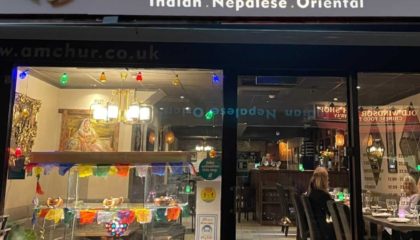 Read more +
September 19, 2022 By Amchur Restaurant in Blogs
Read more +
September 19, 2022 By Amchur Restaurant in Blogs
Perfect Party Venue in Old Windsor : Amchur
-
 Read more +
September 8, 2022 By Amchur Restaurant in Blogs
Read more +
September 8, 2022 By Amchur Restaurant in Blogs
Choosing the Right New Year Party Venue
-
 Read more +
September 5, 2022 By Amchur Restaurant in Blogs
Read more +
September 5, 2022 By Amchur Restaurant in Blogs
Choosing the Right Christmas Party Venue

You must be logged in to post a comment.